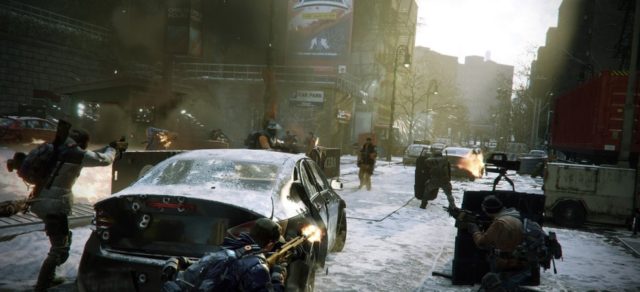Native advertising, although not a new concept, is struggling to find its place in a time of fake news, distrust of the media and strict FTC regulations. As consumers crave authentic information on the internet, brands are investing in native ads with mixed results.
Native: The Ninjas Of Advertising
There seems to be a fine line between informative sponsored content and being so legit that no knows it’s sponsored. While FTC regulations for digital advertising may be daunting to understand much less implement, the reason for these strict guidelines is simple—consumers have a hard time knowing an ad from an article, especially youngsters. Eighty-two percent of middle-schoolers couldn’t distinguish between an ad labeled “sponsored content” and a real news story on a website, according to a Stanford University study.
A separate study by Contently and the Tow-Knight Center for Entrepreneurial Journalism found that the vast majority (77 percent) of respondents did not interpret native ads as advertising. Meanwhile, 44 percent were not able to correctly identify the sponsor of the native ad they read, 54 percent have felt deceived by native advertising in the past and 43 percent lose trust in a publisher when it features native advertising from an untrustworthy brand.
Not everyone hates the idea of advertising in this way, however. A recent study by IAB asked 5,000 consumers to view a number of websites with sponsored content in a desktop format. Nearly nine out of ten (86 percent) of respondents feel that free content is made possible by sponsors. Although consumers understand and accept the need for sponsored content, that doesn’t mean they have to like it, as 60 percent said that they were more open to content that tells a story rather than reads like an infomercial. IAB’s study revealed that while consumers are willing to entertain the idea of native advertising, relevant information, authority and brand trust were the top factors listed for drawing interest.

Investing In The Future
Despite transparency challenges, brands are still placing their trust—and money—in native advertising and are expected to keep investing for years to come. Business Insider predicts that US native display ad revenue will rise at a five-year compound annual growth rate (CAGR) of 17 percent between 2016 and 2021, reaching $36 billion. According to the report, media buyers will spend $84.5 billion on mobile advertising by 2020, with mobile accounting for 75.9 percent of all digital ad spend globally. The company predicts that native, in particular, will be a significant driver of mobile ad growth.
According to IHS and Facebook, native in-stream ads will drive 63.2 percent of all mobile display advertising at $53 billion by 2020. Third-party in-app native advertising (ads not running on Facebook) will be the fastest-growing ad format in digital advertising, Facebook predicts, and will grow at a 70.7 percent compound annual growth rate between 2015 and 2020 accounting for 10.6 percent of mobile display ad spend.

“Advertisers will start thinking more about engagement with the content rather than impressions,” predicted Arvind Jayaram, director of ad product for IGN. “We will see a shift in pricing models from CPM to CPV.” Jayaram and several other marketers offered their native advertising expectations for the coming year in a feature by IAB. The 2017 forecast further suggests that focus will shift to a mobile-first and visual content, notably video, will rise in relative importance.
“Prospective publishers will have to figure out better ways to drive traffic to content in order to show high engagement while keeping the amplification costs down,” Jayaram continued. “In order to mitigate ad blocking and low viewability rates premium publishers will host their native products on their own CMS rather than relying on third party platforms.”
While many brands continue to invest in native advertising, MediaRadar reports that native ad renewal rates from 2016 reached only 33 percent, with 20 percent of advertisers experiencing renewal rates below 20 percent.















